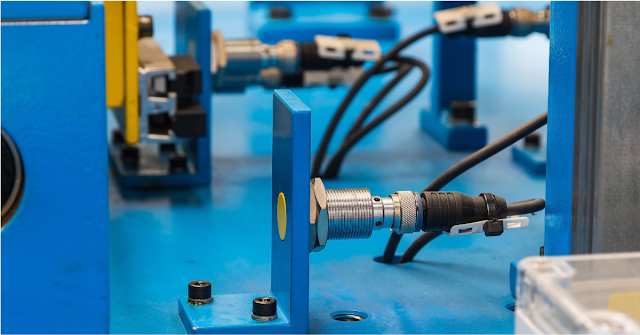 Industrial Sensors
Industrial Sensors
Industrial Sensors | Types & Applications
Industrial sensors are the hidden heroes of modern automation systems, providing rea…
Industrial sensors are the hidden heroes of modern automation systems, providing rea…
In the world of Electrical, Instrumentation, Control, and Automation (EICA) , unexpe…
In today's rapidly evolving industrial landscape, Automation Engineering is revol…
When we want to start three-phase induction motors, choosing the right starter is impo…
In the world of industrial automation , wiring sensors and devices correctly is critic…
In electronics and data communication, two primary methods are used to transfer data: …
Pneumatic System 1. Introduction to Pneumatics Definition : Pneumatics is …
In the world of automation, robotics, and CNC machinery, choosing the right…
A Programmable Logic Controller (PLC) is an industrial computer used to control manuf…
 Industrial Sensors
Industrial Sensors
Industrial sensors are the hidden heroes of modern automation systems, providing rea…


